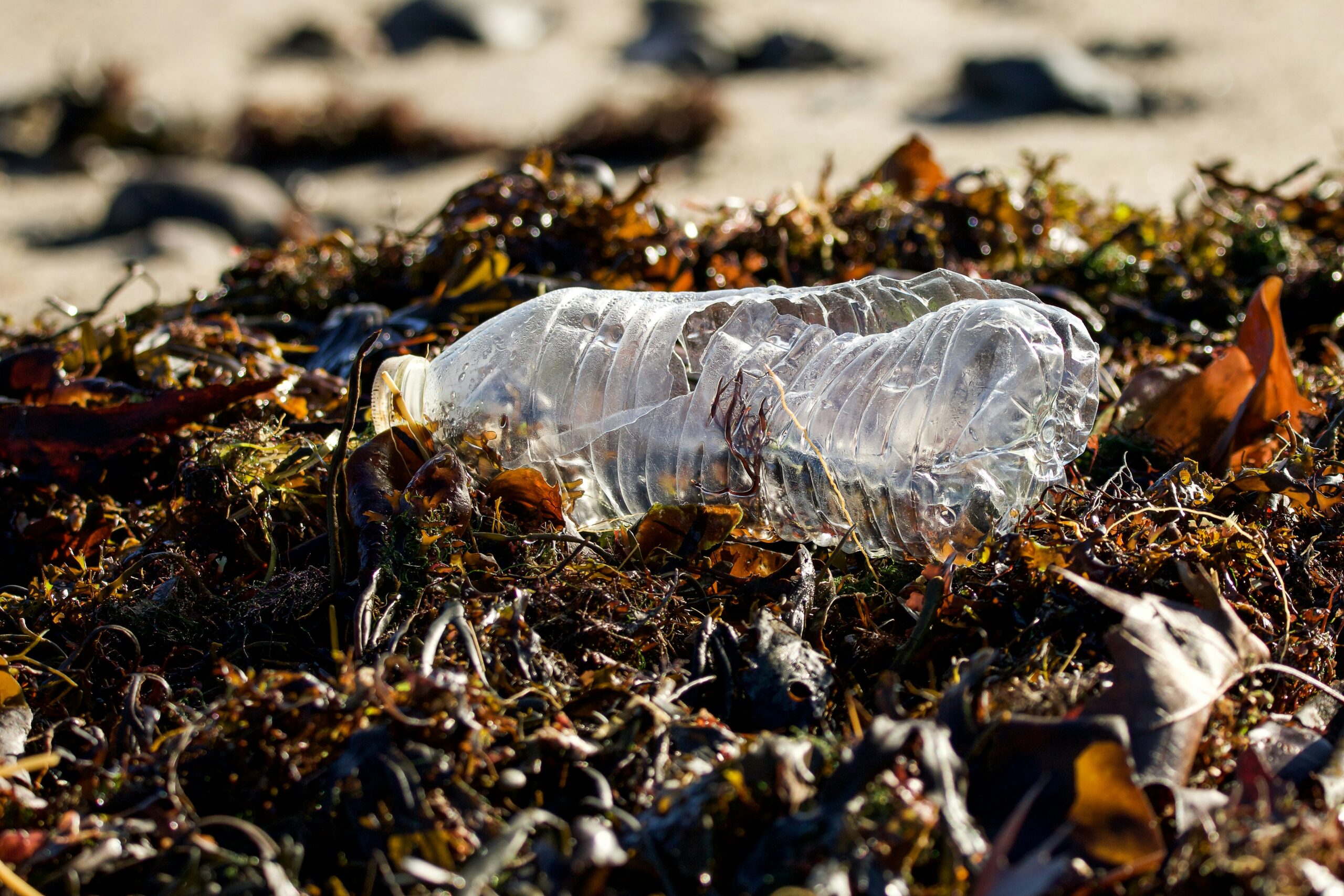
The Plastic Journey: From Oceans to Plates – Unveiling the Invisible Threat
By Dilshani Maralanda
Plastic pollution has become a serious global issue, transforming our beautiful, biodiversity-rich oceans into vast dumping grounds. Unlike natural materials, plastics are synthetic products designed for durability. From small candy wrappers to large PET bottles, the waste we irresponsibly discard has a profound impact not only on the environment but also on human health. Every year, millions of tons of plastic waste enter marine ecosystems through various pathways.
The sources of plastic pollution are diverse. Land-based contributions include mismanaged waste, littering, and urban runoff, while marine sources stem from discarded fishing gear, ship waste, and cargo accidents. Even the atmosphere plays a role, as wind carries lightweight plastic particles into water bodies.
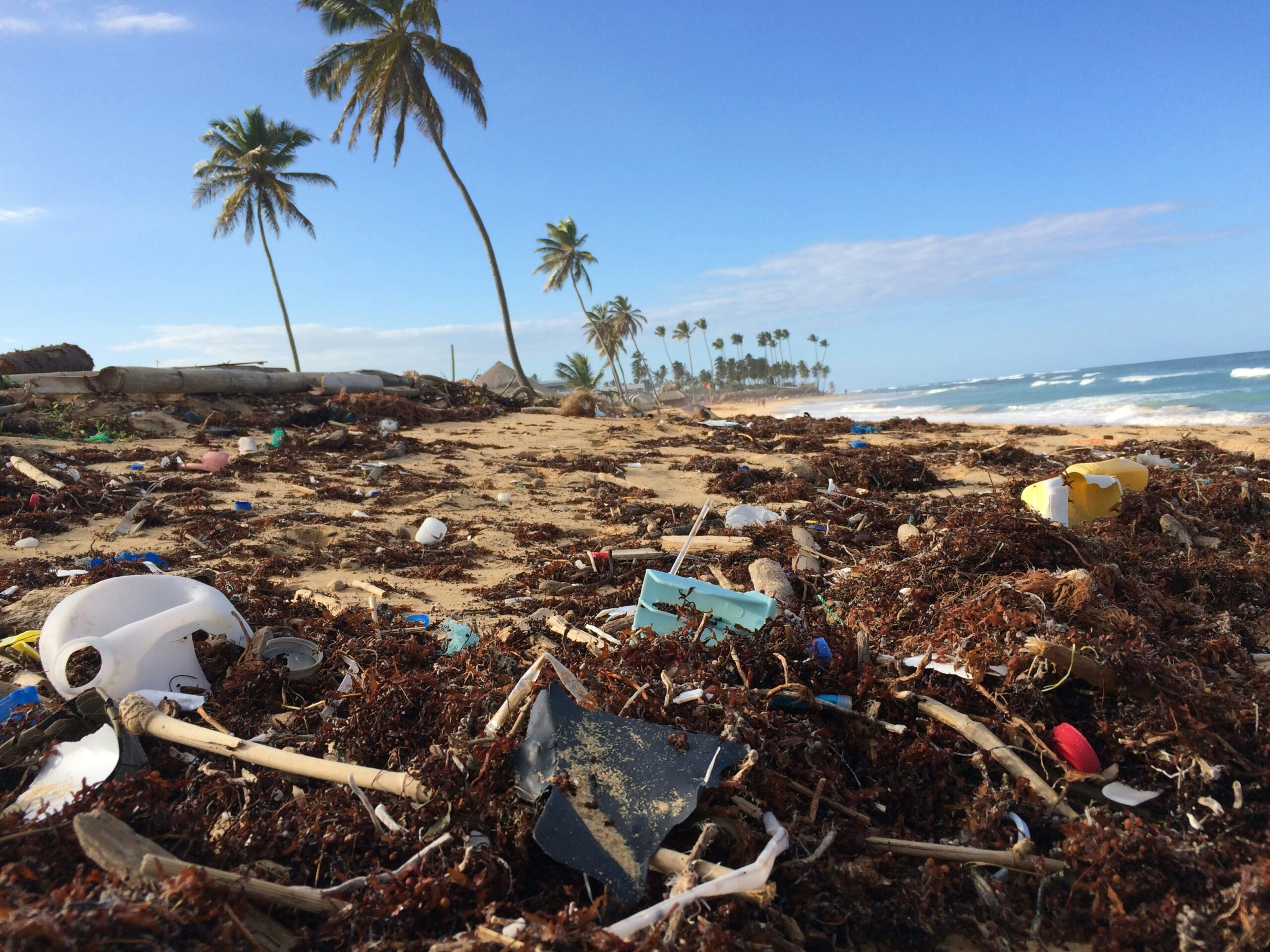
Once plastics enter the ocean, they do not simply vanish. Since they are non-biodegradable, they persist for hundreds of years, gradually breaking down into smaller fragments known as microplastics (less than 5mm in size) due to wave action, sunlight, and biological processes. These microplastics are then ingested by marine organisms, entering the food chain. Filter feeders like mussels, oysters, and plankton consume microplastics directly from the water, while fish, sea turtles, and seabirds mistake them for food. Over time, bioaccumulation occurs within these organisms, and the concentration of microplastics intensifies as they move up the food chain—a process known as biomagnification.
The journey of microplastics through the food chain begins with plankton ingesting them. Small fish then consume the contaminated plankton, accumulating microplastics in their tissues. Larger predators, such as sharks, eat these smaller fish, resulting in even higher concentrations of microplastics in their systems. The higher an organism is in the food chain, the greater the accumulation of microplastics in its body.
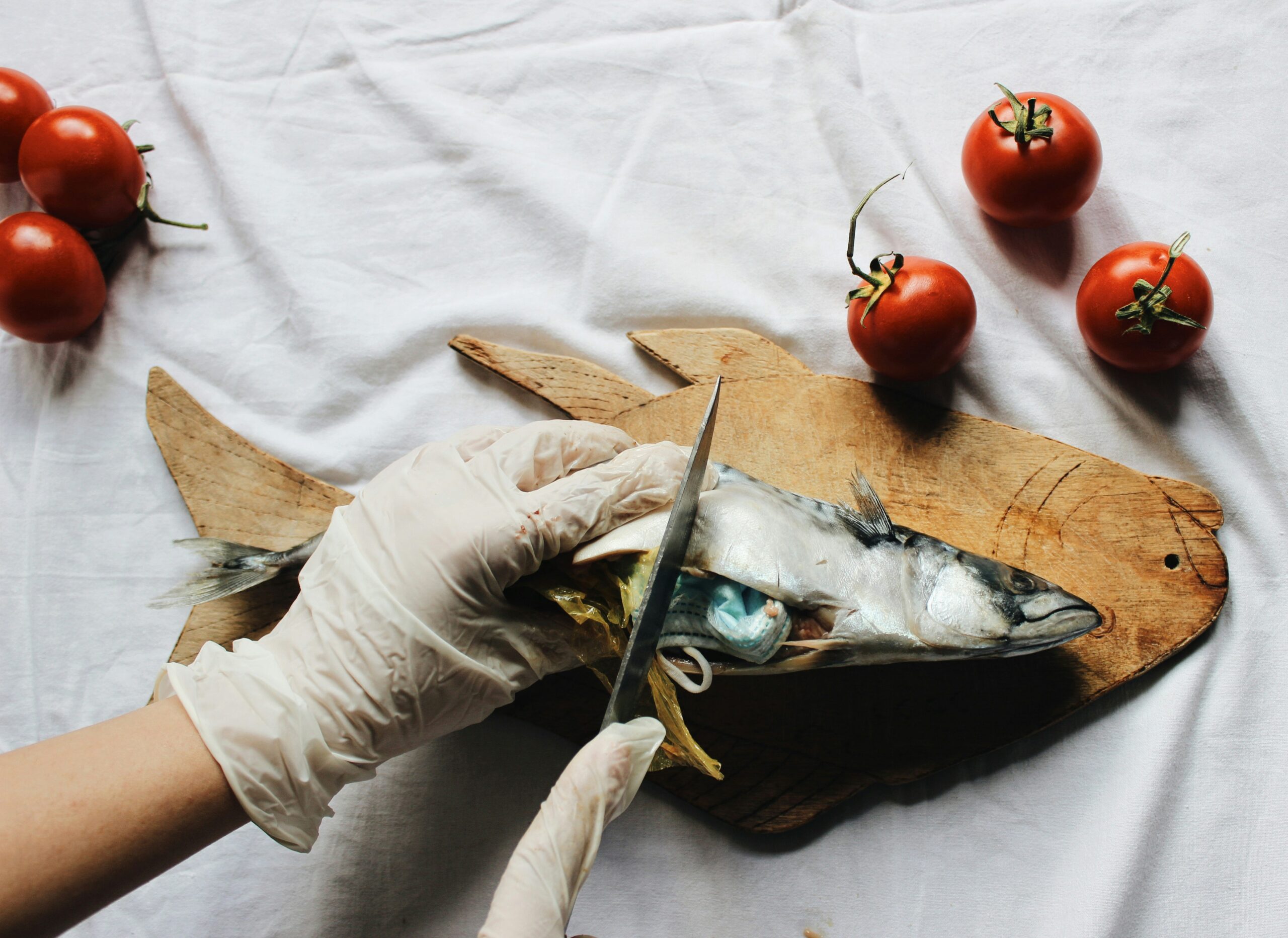
This raises a critical question: What happens when humans consume seafood contaminated with microplastics? Scientific studies indicate that ingesting these particles can lead to severe health risks, including digestive blockages, malnutrition, metabolic disruptions, reproductive issues, and other long-term effects, some of which are still under investigation.
In conclusion, the lifecycle of plastics—from human use to marine pollution and back to our plates—reveals a dangerous cycle of contamination. Discarded plastics degrade into microplastics, infiltrate marine life, and eventually return to us through the food we eat, posing significant threats to both ecosystems and human health.
To break this cycle, we must take urgent action. Reducing plastic consumption, adopting sustainable alternatives, and improving waste management are crucial steps. Collective efforts can protect marine environments, safeguard human well-being, and ensure a cleaner, healthier future. The solution begins with us, even small changes can make a monumental difference.
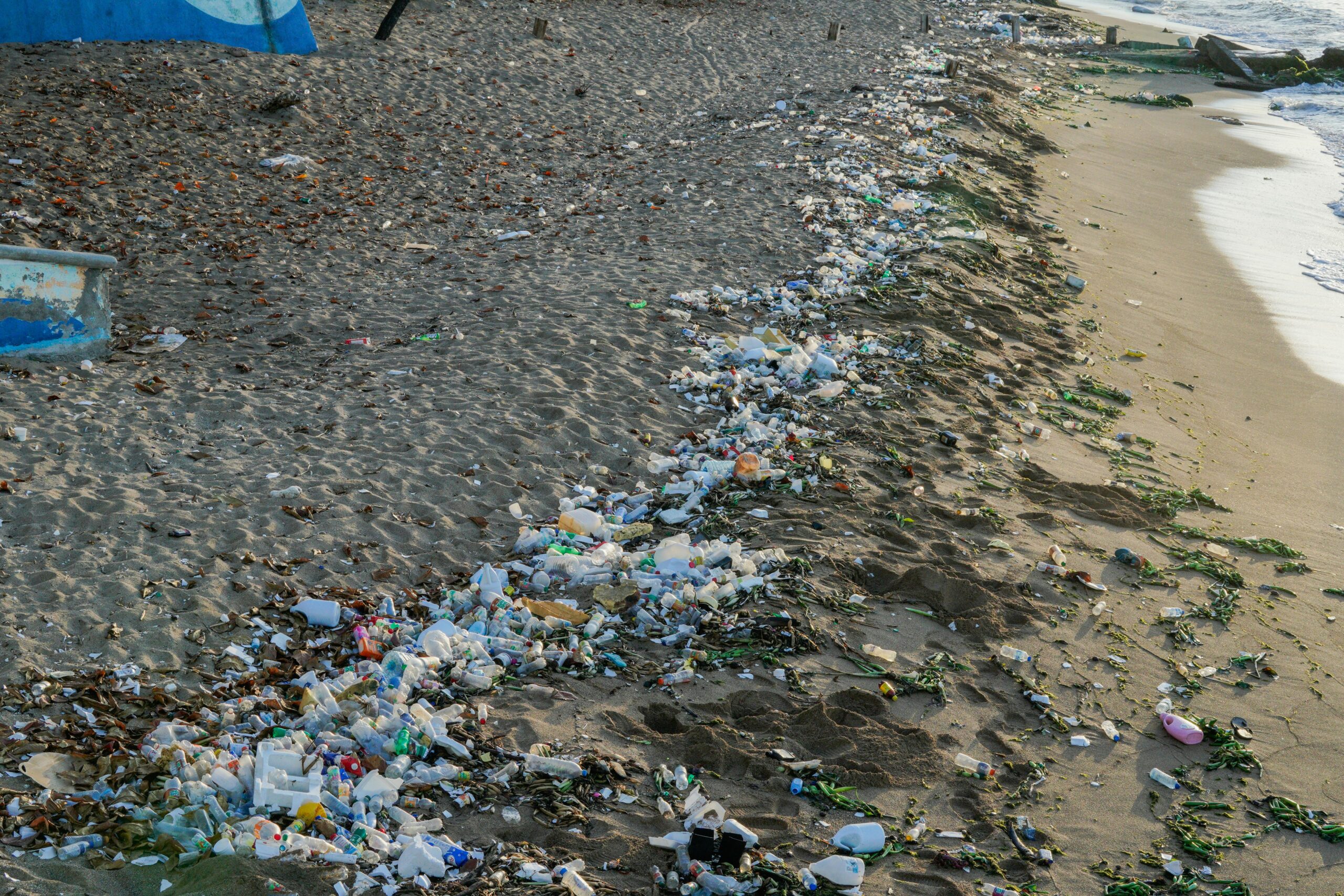
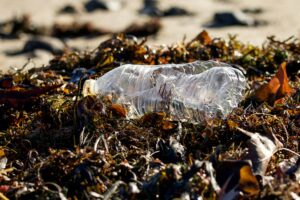
The Plastic Journey: From Oceans to Plates – Unveiling the Invisible Threat
By Dilshani Maralanda Plastic pollution has become a serious global issue, transforming our beautiful, biodiversity-rich oceans into vast dumping grounds. Unlike natural materials, plastics are
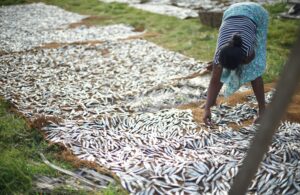
The Unsung Heroines of Sri Lanka’s Coastal Fishing Communities
By Nadithi Jagoda When we picture Sri Lanka’s coastal fishing industry, images of fishermen hauling in their daily catch often come to mind. But behind
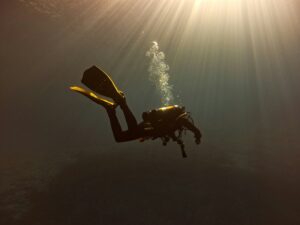
Guardians of Life Below Water: The Role of Divers in Marine Conservation
By Dilini De Silva The first time I went diving was off the coast of southern Sri Lanka. As I descended into the blue, the
